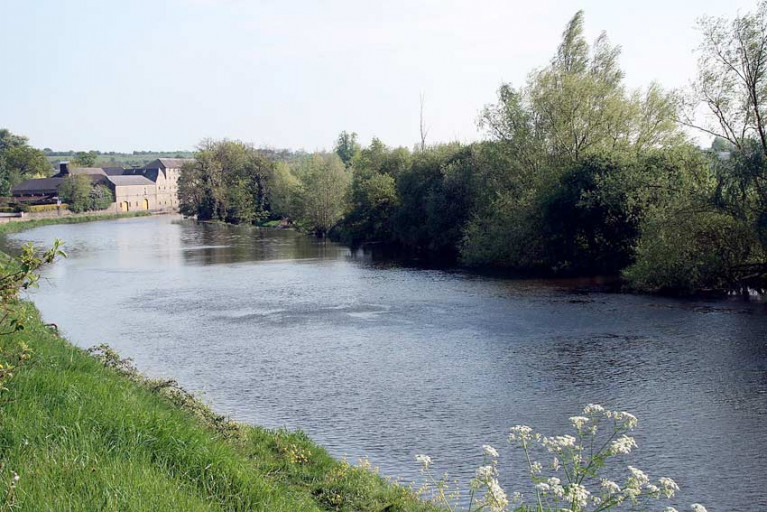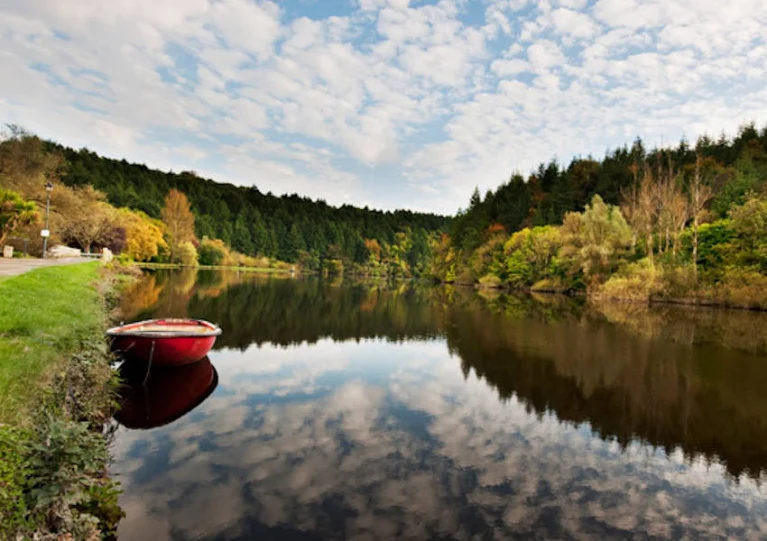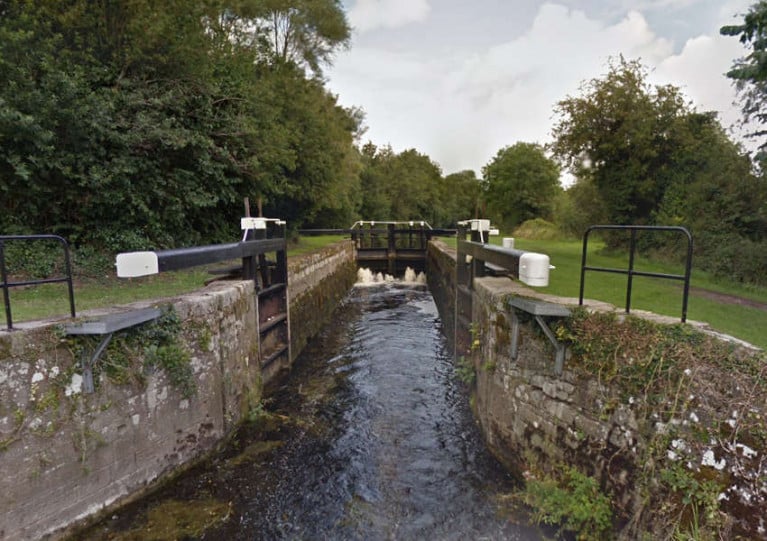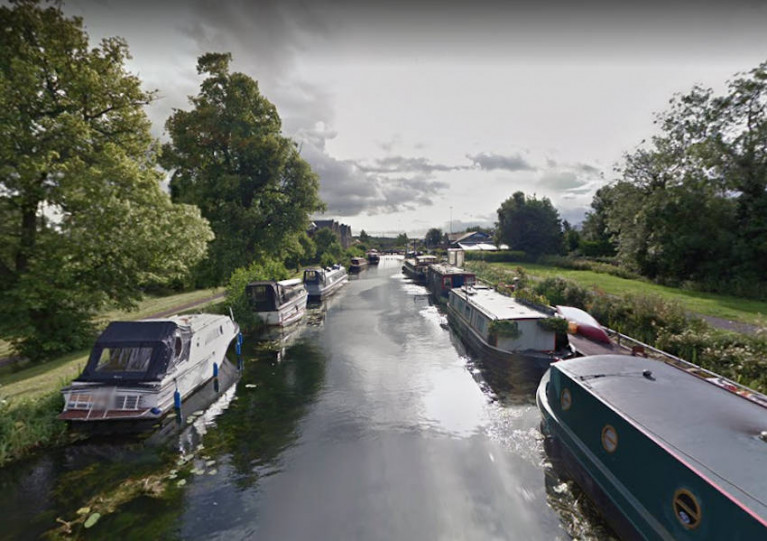Displaying items by tag: Barrow Navigation
Boaters Advised Over Events on Inland Waterways in Coming Days
Waterways Ireland advises all users of the Barrow Navigation that a Dragon Boat regatta will take place in Emily Square, Athy, Co Kildare from 9am to 6pm this Sunday 1 May.
Elsewhere, users of the Royal Canal are advised that a kayaking and watersport event will take place in Mullingar Harbour from 9am to 3pm next Thursday 5 May.
Masters of other craft are requested to proceed at slow speed and with minimum wash and note any directions issued by the stewards at each event.
Waterways Ireland Plans Removal of Vessels from Grand Canal, Royal Canal and Barrow Navigation Next Month
Waterways Ireland has issued notice that it plans to remove vessels in contravention of bye-laws from three of its inland waterways from early next month.
Vessels that appear abandoned or have no no permit (as per Bye Law 6(8), are doubled moored and/or causing obstruction (sunk) (Bye Law 27 (3)), or are deemed to be/likely to cause a hazard to navigation (Bye-Law 33(3)) will be removed from the Grand Canal, Royal Canal and Barrow Navigation from Wednesday 4 May.
Removed vessels may then be subsequently disposed of in accordance with Bye Law 34(2).
Affected vessels have been stickered where access allows and owners, where known, have been contacted, Waterways Ireland says.
Waterways Ireland Reminds Owners to Renew Canal Permits or Risk Losing Their Vessels
Waterways Ireland has issued a reminder to all masters and owners of vessels that all canal permits expired on 1 November and must now be renewed.
Permits can be renewed online at the Waterways Ireland website.
The cross-border body for Ireland’s inland waterways warns that vessels not compliant with the Canal Act 1986 (Bye-Laws) 1988, such as
- Vessels with no permit, Bye Law 6(8);
- Vessels non-attended and apparently abandoned, Bye Law 6(8);
- Vessels doubled moored and causing obstruction (sunk), Bye Law 27 (3); and
- Vessels deemed to be/likely to cause a hazard to navigation, Bye Law 33(3)
will be removed from the Grand Canal, Royal Canal and Barrow Navigation. Removed vessels may then be subsequently disposed of in accordance with Bye Law 34(2).
As previously reported on Afloat.ie, last year saw a big jump in the number of boat removals from the inland waterways under a programme to remove abandoned, sunken and “non-compliant” boats and structures from the canals network.
Waterways Ireland has issued a number of updates for inland waterways users on the Erne System, Grand and Royal Canals and Barrow Navigation.
On the Erne System, the Galloon Bridge refurbishment project southwest of Newtownbutler will commence next Monday 23 August.
Vessels will not be permitted to navigate under the bridge at Galloon due to these works, which are expected to continue for 16 weeks.
In addition, the Carrybridge jetty and slipway will be closed for five days from Monday 23 to Friday 27 August for the realignment of jetty fingers. The electrical supply to bollards and pump-out will be turned off during this period.
On the Grand Canal, low water levels are being experienced on both the main line and Barrow Line, which are currently 300mm down on normal levels.
Masters of vessels are advised to proceed with additional caution and to contact the relevant water patroller for latest advice and assistance.
On the Royal Canal, canoe polo events will take place in the Kilcock Harbour area this Friday 20 August.
Waterways Ireland requests that the polo pitch areas and harbour be kept clear of all vessels to facilitate the events, and that masters of vessels comply with instructions from marshals.
Meanwhile, on the Barrow Navigation masters and owners are advised that Clashganny Lock is now fully operational following its temporary closure for essential repairs.
Waterways Ireland advises masters of vessels that low water levels and fast flows exist between Banagher and Meelick on the Shannon Navigation.
Water levels are currently at or below odinary summer levels in this area. All are requested to observe the 5km speed limits in the Meelick area to prevent squat in shallower areas.
Masters of vessels, particularly those with deep drafts, are advised to navigate with additional caution and to remain within the navigation at all times.
Elsewhere, on the Barrow Navigation, masters and owners on the inland waterway are advised that Clashganny Lock in Co Carlow is temporarily closed for essential repairs.
Waterways Ireland advises all masters of vessels and inland waterways users of the Shannon Navigation, Shannon-Erne Waterway, Grand Canal, Royal Canal, Barrow Line and Barrow Navigation that these waterways will reopen from Monday 10 May in line with the latest relaxation in pandemic restrictions.
On the Shannon Navigation and Shannon-Erne Waterway, the winter mooring period will end on this date and the five-day mooring rule will be in force.
Locks on will be open normal summer hours (9am to 8.30pm on weekdays, 9am to 6pm on Sundays on the Shannon Navigation; 9am to 8pm daily on the Shannon-Erne) and service blocks will also reopen.
An exception applies to the lock gates at Tarmonbarry on the Shannon Navigation, which remain closed for continued emergency repair works until Friday 28 May. Passage through the lock will not be possible during this period but an alternative route via the Camlin River is available.
No lock passage tolls will be collected in order to facilitate social distancing. Note that a smart card is required to operate locks on the Shannon-Erne Waterway and these can be purchased from Waterways Ireland’s online shop or from designated retails outlets along the waterway.
Shannon Navigation lock-keepers are available at the following phone numbers:
- Lough Allen Canal - 071 964 1552
- Clarendon Lock - 071 966 7011
- Albert Lock - 071 963 7715
- Rooskey Lock - 071 963 8018
- Tarmonbarry Lock - 043 332 6117
- Athlone Lock - 090 649 2026
- Poolboy Lock - 090 964 4938
- Victoria Lock - 057 915 1359
- Portumna Bridge - 090 974 1011
- Ardnacrusha - 061 344 515
- Sarsfield Lock - 087 797 2998
Anyone who require assistance along the Shannon-Erne Waterway, meanwhile, is directed to contact the following:
- Ballyconnell Waterway Patroller - 087 260 3662
- Kilclare Waterway Patroller - 087 260 3663
Normal summer hours will also apply to locks on the Grand Canal, Royal Cabal, Barrow Line and Barrow Navigation.
Electricity and water services have been reconnected at all Waterways Navigations in the Republic, and normal pump-out facilities are available for boaters.
Visitors to the waterways are urged to be aware of other users and continue to observe social distancing protocols, keen a distance of at least two metres from others.
Waterways Ireland also notes that water levels are becoming low due to the recent period of low rainfall. In addition, normal maintenance weed-cutting of navigation channels has been late in starting due to the ongoing restrictions, so additional weed growth can be expected in the navigation channels.
Masters are asked to contact the local waterway patroller for updated information if wishing to navigate a particular area.
Planned Removal Of Vessels From Barrow & Royal Canal Later This Month
Owners of boats without permits on the Barrow Line of the Grand Canal and the Barrow Navigation face the removal of their vessels by Waterways Ireland later this month.
They are among the boats in contravention of bye-laws that will be taken from these inland waterways from Monday 26 October.
Others include vessels that appear abandoned, are double moored and/or causing obstruction (sunk) or are deemed to be or likely to cause a hazard to navigation, as per the Canal Act 1986 (Bye-Laws) 1988.
Owners of boats on the Royal Canal have been similarly advised of plans to remove non-permitted, abandoned or obstructing vessels from Monday 9 November.
Similar to last month’s planned boat removal on the Grand Canal, affected vessels have been stickered with warning notices, given suitable access, and owners — where known — have been contacted, Waterways Ireland says.
This story was updated on Wednesday 14 November with additional details about Royal Canal boat removals.
Towpath Closures For Blueway Works On Barrow Navigation
Waterways Ireland advises users of the Barrow Navigation that the towpath will be closed in two locations to facilitate works on the Barrow Blueway.
The sections between Milltown Bridge, Athy and Ballymanus Bridge in Vicarstown, and between the 20th Lock in Ballteague and 22nd Lock in Glenaree will be inaccessible for several weeks to allow for the blueway upgrade works.
As previously reported on Afloat.ie, the proposed upgrade aims to improve access to the Barrow Way, both on and along the water, offering an enhanced experience to walkers, cyclists, wheelchairs users, paddlers and families.
Waterways Ireland advises all users of the Barrow Navigation that the area between the 28th Lock in Athy and Bestfield Lock near Carlow is currently closed for weir repair works.
No timetable was given for the completion of these works, but the cross-border body for Ireland's inland waterways apologises for any inconvenience caused.
For those of you missing Ireland’s inland waterways, you can now view the stunning Royal Canal, Grand Canal Barrow Line and Barrow Navigation along with the Shannon through Google Maps and Google Earth.
Waterways Ireland, in partnership with the Google Trekker Loan Programme, has continued to capture Ireland’s inland waterways and make them accessible online.
Last year, street view imagery was captured along the Royal Canal, Grand Canal Barrow Line and Barrow Navigation to compliment the stunning Shannon imagery captured in 2018.
So now you can follow some of Ireland’s most beautiful and popular waterways destinations from the comfort of your own home — and hopefully plan a visit when conditions allow.
As previously reported on Afloat.ie, winter mooring has been extended until Sunday 31 May to ease the pressure on the inland boating community amid the current coronavirus restrictions.
And while the outdoor exercise distance has been extended to 5k from home, the advice for those using canal towpaths to maintain social distancing remains in place.
































































